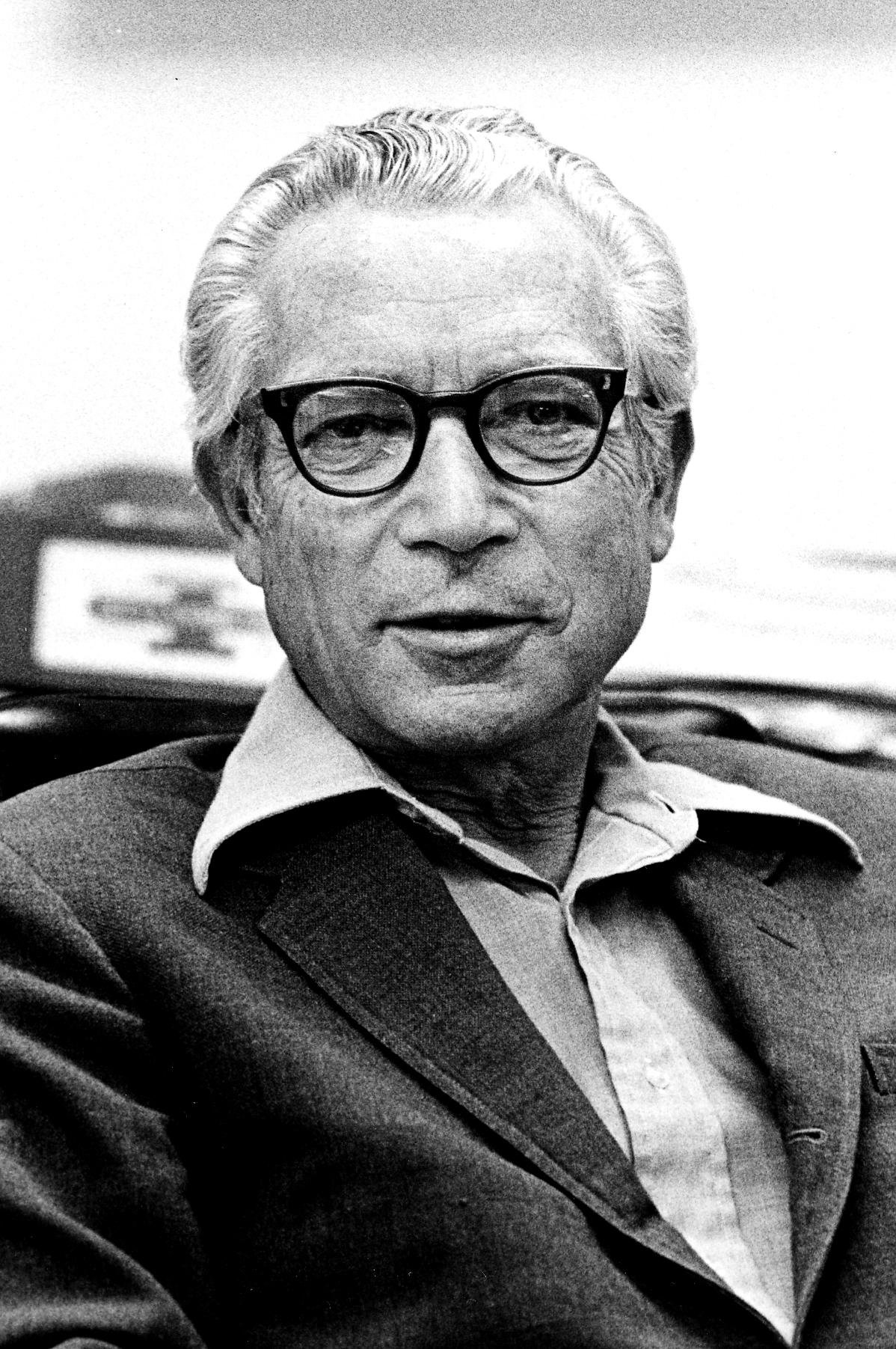Introduction to Medical Anthropology
Benjamin David Paul
In this post, I will be exploring and diving deep on medical anthropology. The rest of my posts will be focused on medical anthropology – its evolution, how humanity has dealt with various pandemics and the reasons for the general approach to healthcare.
Medical anthropology is the study of health and disease. Specifically, how they are understood and influenced by culture and history. It is seen today in health care, with the changing of policies on clinical care and the developing of public health programs. Medical anthropologists’ study public health and disease in diverse populations.
One famous medical anthropologist was Benjamin David Paul, a professor at Stanford University. He is also known as the founding father of medical anthropology. He studied health programs and the effect of culture on them. Dr. Paul’s most famous book, “Health, Culture and Community: Case Studies of Public Reactions to Health Programs”, was written in 1955. It explored public reaction to different health programs that were implemented in their communities. The book documented the reactions, successes, and failures of each program.
Medical anthropology is very important because as the world of medicine and health changes, there is a need for more professionals that can adeptly assess what the medical community needs to do to keep up with the changes. “History repeats itself” is a very applicable quote. Medical anthropologists working along with physicians, public health officials, sociologists and other professionals could help the society deal with other illnesses and public health situations.
